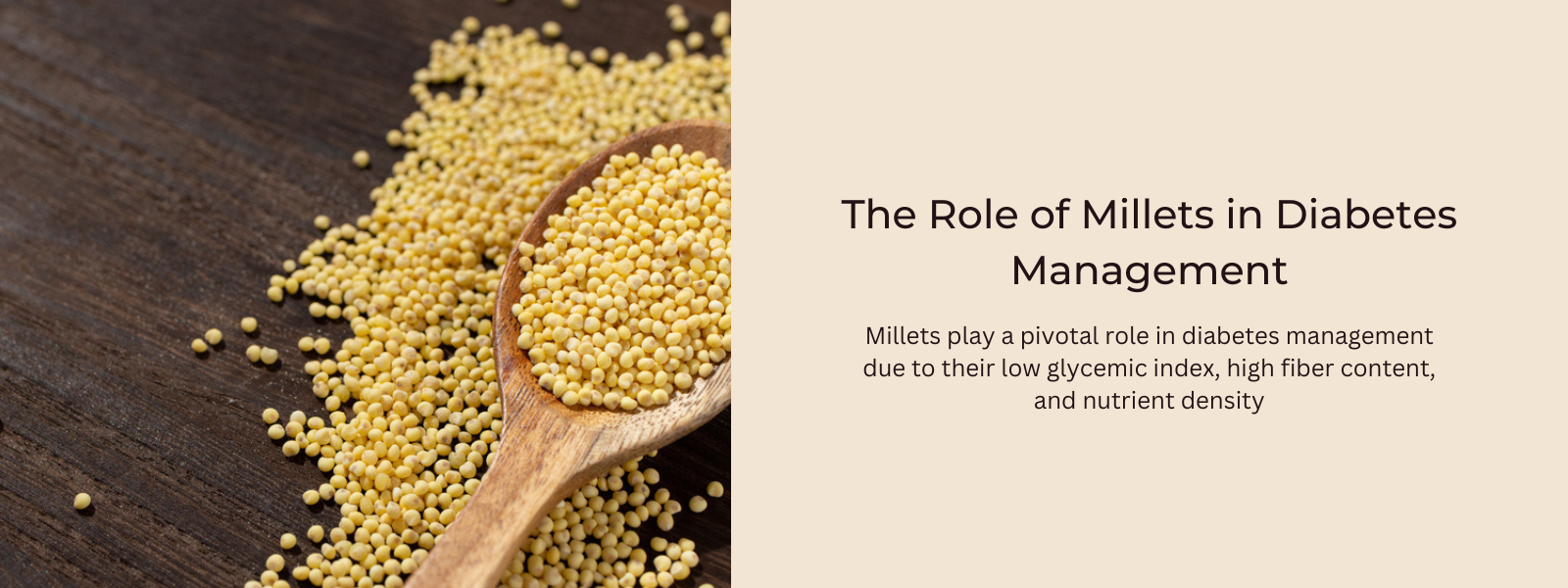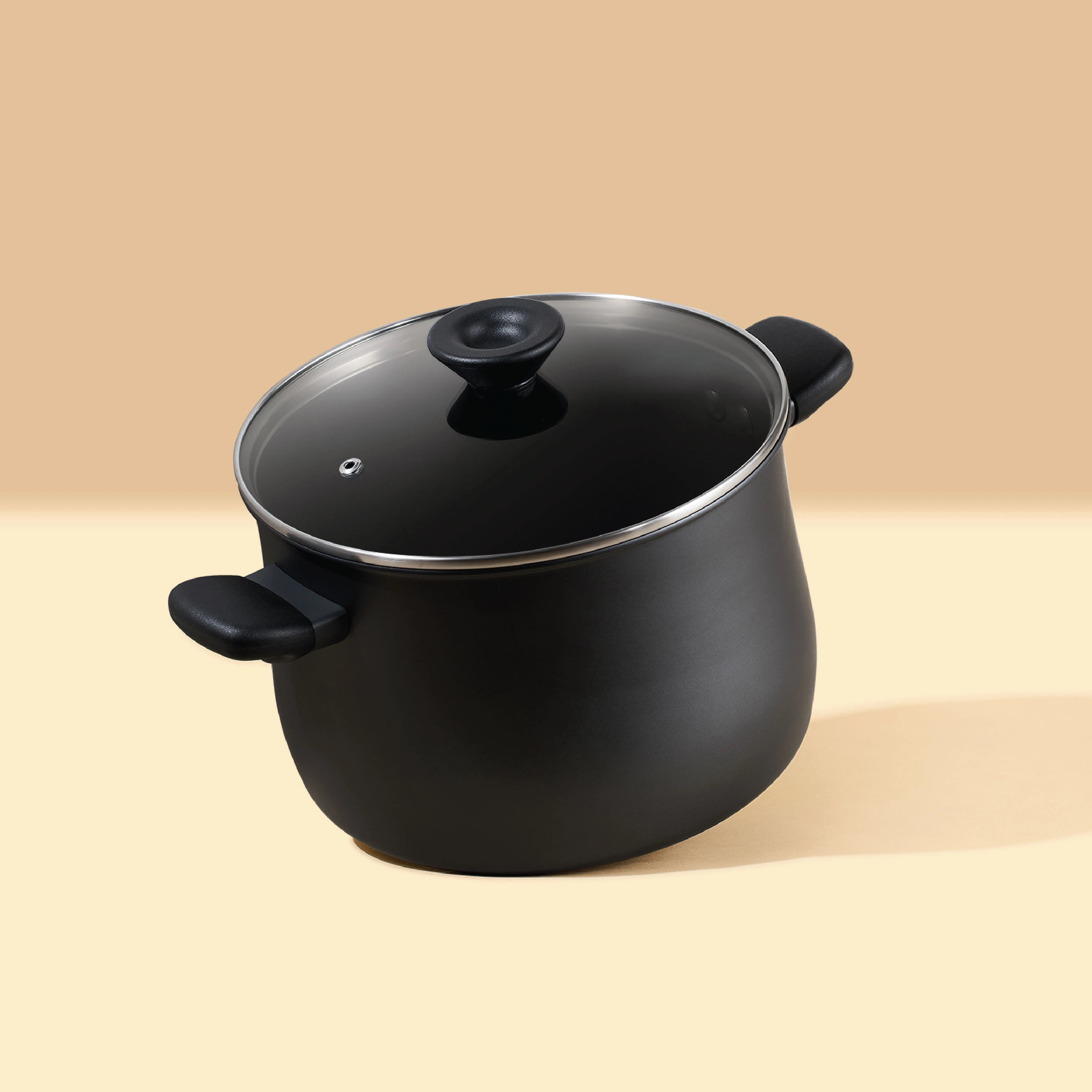Millets are a group of small-seeded grasses that have been cultivated for thousands of years, primarily in Asia and Africa. These ancient grains are known for their resilience and ability to grow in harsh, arid environments, making them a crucial staple in regions with challenging agricultural conditions. Millets are gaining renewed interest worldwide due to their nutritional benefits, versatility, and sustainability.
Table of Contents
Types of Millets
There are several varieties of millets, each with unique characteristics and nutritional profiles. Some of the most common types include:
- Pearl Millet (Bajra): One of the most widely grown varieties, known for its high iron content.
- Finger Millet (Ragi): Rich in calcium and often used in traditional porridges.
- Foxtail Millet: Contains good amounts of dietary fiber and is used in various Asian cuisines.
- Proso Millet: Quick to cook and commonly used in birdseed in the West but also consumed by humans.
- Barnyard Millet: Known for its low carbohydrate content, making it a popular choice for diabetics.
- Sorghum (Jowar): Often used to make flatbreads and is rich in protein and fiber.
Nutritional Value of Millets
Millets are nutrient-dense grains that provide a wide array of vitamins, minerals, and other essential nutrients. A typical serving of millets includes:
- Carbohydrates: A good source of complex carbohydrates, providing sustained energy.
- Protein: Contains significant amounts of protein, including essential amino acids.
- Fiber: High in dietary fiber, which aids digestion and promotes gut health.
- Vitamins: Rich in B vitamins, particularly niacin (B3), B6, and folic acid.
- Minerals: Packed with minerals like iron, magnesium, phosphorus, and potassium.
- Antioxidants: Millets contain phenolic compounds and flavonoids, which have antioxidant properties.
Are Millets Rich in Antioxidants?
Yes, millets are rich in antioxidants. The phenolic compounds and flavonoids found in millets help neutralize harmful free radicals in the body, reducing oxidative stress and potentially lowering the risk of chronic diseases such as cancer, heart disease, and diabetes.
Millet Antioxidant Health Benefits
The antioxidants in millets offer several health benefits:
- Anti-inflammatory: Helps reduce inflammation in the body, which is linked to many chronic diseases.
- Anti-cancer: Antioxidant properties may help prevent the initiation and progression of cancer.
- Heart Health: Reduces oxidative stress, which is a contributing factor to heart disease.
- Immune Support: Boosts the immune system by protecting cells from damage.
Overall Health Benefits of Millets
Millets offer a multitude of health benefits beyond their antioxidant properties:
- Digestive Health: High fiber content aids in digestion and prevents constipation.
- Weight Management: Low in calories and high in fiber, millets help in weight loss by keeping you fuller for longer.
- Diabetes Management: Low glycemic index helps regulate blood sugar levels.
- Bone Health: Rich in calcium, especially finger millet, which supports bone health.
- Cardiovascular Health: Helps reduce cholesterol levels and supports heart health.
Ways to Use Millets
Millets can be used in a variety of culinary applications:
- Breakfast Porridge: Cook millets with milk or water for a nutritious porridge.
- Salads: Use cooked millets as a base for salads, adding vegetables, nuts, and dressings.
- Baking: Millet flour can be used in baking bread, muffins, and other baked goods.
- Snacks: Puffed millets can be used to make healthy snacks.
- Main Dishes: Substitute millets for rice or quinoa in pilafs, stir-fries, and casseroles.
Millet Recipes
Here are a few simple and delicious millet recipes:
- Millet Breakfast Porridge: Cook millets with almond milk, add honey, fruits, and nuts.
- Millet Salad: Combine cooked millets with diced vegetables, feta cheese, and a lemon vinaigrette.
- Millet Pilaf: Sauté onions, garlic, and vegetables, add millets and vegetable broth, and simmer until cooked.
- Millet Cookies: Use millet flour to bake healthy cookies with oats, dried fruits, and nuts.
Conclusion
Millets are ancient grains that offer exceptional nutritional value and numerous health benefits. Rich in antioxidants, fiber, and essential nutrients, millets are a versatile and sustainable addition to any diet. Whether used in breakfast porridges, salads, or main dishes, millets can enhance your meals while supporting overall health and well-being. As the world moves towards more sustainable and health-conscious food choices, millets stand out as a grain of the future.











Leave a comment